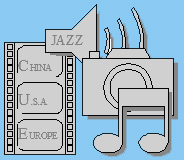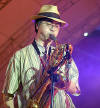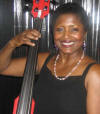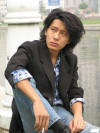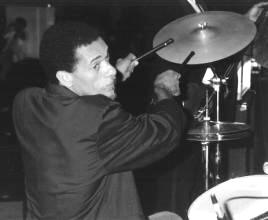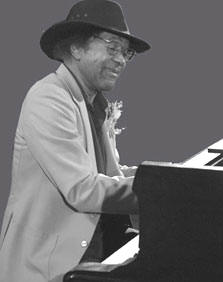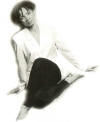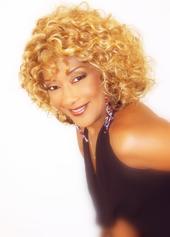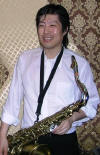|
FREDDIE REDD |
||
|
A bop pianist and a composer of haunting melodies, Freddie Redd played in bands in the Army (1946-49), He worked with drummer Johnny Mills and, in New York, with Tiny Grimes with whom he recorded, He also recorded with Cootie Williams, Oscar Pettiford and the Jive Bombers. Redd, who appeared with both jazz and early R&B groups, recorded his debut as a leader for Prestige in 1955, reissued in the OJC series. He was on dates led by Gene Ammons and Art Farmer, and toured Sweden, in 1956, with Ernestine Anderson and Rolf Ericson, cutting a trio set in Sweden for the Metronome label. When he returned to the U.S., Redd settled for a time in San Francisco, where he worked as the house pianist at Bop City and recorded for Riverside. He found his greatest fame when he wrote the music for the play The Connection. He acted and played in the landmark show in New York, London and Paris, was in the film, and recorded the music for Blue Note, the first of his three sessions for the label (all of which were reissued on a Mosaic limited-edition box set as two-CD sets). Redd moved to Europe, where he performed, regularly. In 1974, he moved to Los Angeles, working in sessions for Interplay (1977), Uptown (1985), Triloka (1988) and Milestone (1990), In 2007, Freddie Redd had great success with the reproduction of an off-Broadway hit of the 1959–60 session, a drama with music in which both halves of the equation — the play, the music, and the way they complemented each other — were completely unlike any other production before or since. This was "The Connection," a wildly successful, avant garde theater piece that led to an equally far-out experimental film, two all-time classic jazz albums, and a concert at Merkin Hall, featuring Redd's original music. In 1959, "The Connection" was the brainchild of Jack Gelber, an aspiring playwright who had the brilliant idea of concocting a unique theatrical experience around the idea of drugs and jazz. But rather than stage a traditional narrative on a theme of addiction and redemption, as had been done before in the bestselling novel and film "The Man With the Golden Arm", Gelber created a play in the jazz style, in which actors played characters who continually interacted with the audience and each other. Read more. . . In the original production, Redd came with two brilliant ideas. First, he told Gelber that he wanted to write an original score. Second, he brought his old friend from his native Harlem, the great bebop alto saxophonist Jackie McLean. Unlike Redd, who had never experimented with anything harder than marijuana, McLean was slowly weaning himself from a long heroin habit; the show proved a lifeline for both men, who were unable to work in jazz clubs at the time due to previous violations of the cabaret code. McLean's presence attracted Blue Note Records that recorded the score, in 1960, as well as two albums by Redd. Trumpeter Howard McGhee recorded a "cover" album of "Music From the Connection" on the Felsted label, featuring Redd under a pseudonym and the tenor saxophonist Tina Brooks replacing McLean. Another of Mr. Redd's innovations was to score the production with bright, cheerful modern jazz, rather than dark, heavy, and melodramatic music. Seven selections Redd wrote for "The Connection" are in minor keys, graced by McLean's distinctive intonation. This is upbeat, joyous music: "Sister Salvation" is one of the few march tempo jazz tunes to reflect Benny Golson's "Blues March". "Music Forever" is a memorable melody equally inspired by "My Shining Hour" and "Sleep." "O.D." accompanies the climactic scene, in which the "Leach" character is given an extra dose of junk and nearly dies. It is more peppy than morbid. Mr. Gitler, who annotated the original album, pointed out that "There is often an underlying angst mixed in with an undeniable romanticism." That's why Redd's marvelous music still makes all of the emotional connections, today, that it did back in 1959. |

|
